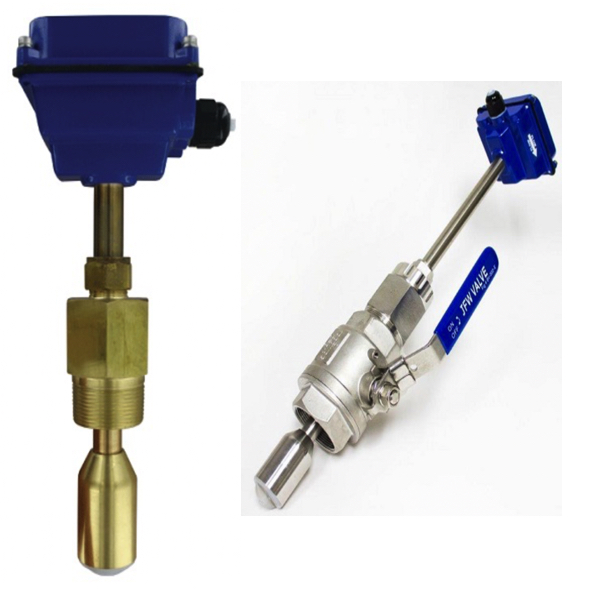Flow Transmitters

Flow transmitters are critical components in industrial flow measurement systems, working alongside flow meters to provide accurate, real-time monitoring of liquid, gas, and air flow rates. These devices convert raw flow measurements into standardized electrical signals that can be transmitted to control systems, displays, or data acquisition equipment. This functionality is essential in applications where precise flow control and continuous monitoring are required.
RSP Supply offers a full line of flow transmitters designed for use in demanding industrial environments such as oil and gas, water and wastewater treatment, chemical processing, and process automation. Flow transmitters are compatible with a wide range of flow meter technologies, including differential pressure, mass flow, and ultrasonic flow meters. By measuring pressure drop, fluid velocity, or sound wave behavior, these systems deliver reliable volumetric or mass flow data.
Built for accuracy and long-term stability, industrial flow transmitters support remote monitoring and control over extended distances. Their robust signal output capabilities help ensure consistent communication with PLCs and control systems, supporting safe operation, efficient process control, and dependable system performance.
FAQs
Q: What is the role of a flow transmitter in a flow measurement system?
A flow transmitter converts the measurement from a flow meter into an electrical signal, allowing real-time monitoring, control, and data processing of flow rate within a system.
Q: What signal types do flow transmitters typically use?
Flow transmitters commonly output standardized signals such as 4–20 mA, which are suitable for long-distance transmission and resistant to electrical noise.
Q: What types of flow meters can be used with flow transmitters?
Flow transmitters are used with differential pressure flow meters, mass flow meters, ultrasonic flow meters, and other primary flow measurement devices.
Q: How do flow transmitters differ from flow transducers?
Transmitters send measurement data using current signals referenced to a unit of measure, while transducers typically send voltage-based signals. Transmitters are generally preferred for longer transmission distances.
Q: Why are flow transmitters important in industrial applications?
Flow transmitters enable accurate, real-time flow monitoring and integration with automation systems, supporting process efficiency, safety, and reliable system control.
Why Buy Flow Transmitters from RSP Supply
RSP Supply provides a dependable selection of industrial flow transmitters designed for accurate and reliable flow monitoring. Our products support a wide range of flow measurement technologies and industrial applications, helping customers maintain precise control and consistent data transmission. Customers rely on RSP Supply for industrial-grade instrumentation, technical expertise, and solutions built for long-term performance in demanding environments.

